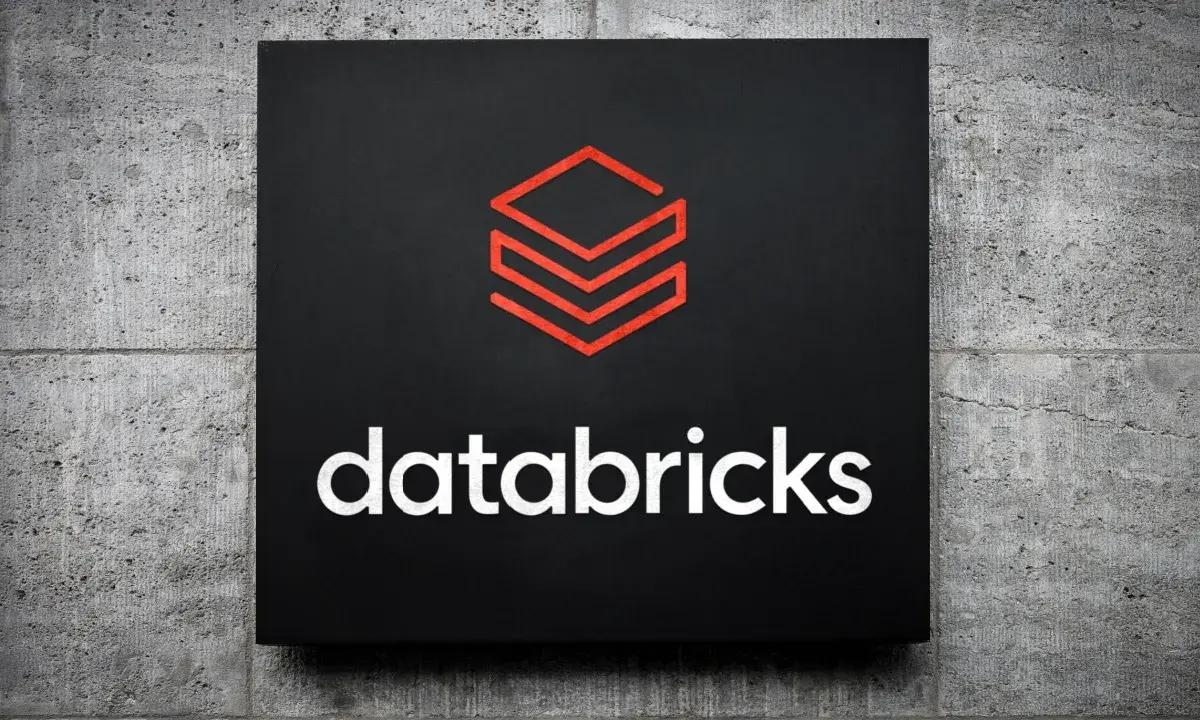Demystifying End User Computing Regulatory Frameworks and Why It Matters
It is no secret that government regulations are a necessary fact of business life. From the government’s perspective, regulations are established for...
Where Everyone can Leverage AI to Empower their Business.
Learn More
Features
Unleashing Insights through Conversational Interactions
Centrally Manage all Enterprise Data for Analytics and Artificial Intelligence
Author Analytic Solutions for specific classes of Business Challenges
Interact with Business Applications & Real-Time Insights
Deploy & Manage Applications & AI Production Models
Manage Cloud Instances Across the Cloud & AI Lifecycle
Where everyone can leverage AI to empower their business.
Driving the future of Data Intelligence.
If your technology providers aren't held to this standard, everyone loses...
Industries Cont'd
UBIX is the leader in Cloud-Based AI for Everyday Businesses.
Learn how UBIX is changing the way Organizations use AI.
Your resource for everything AI and Data Science made easy. We'll take you from beginner to citizen data scientist in record time.
Learn how UBIX has made AI available to Everyone, especially those in business environments with minimal technical training.
Your destination for information on new innovation, news about UBIX, and featured articles on remarkable companies doing amazing things with AI.
Learn how UBIX is unifying Data Silos and Consolidating core systems for businesses around the world.
Time to geek-out. Dig in here for info on how UBIX is currently being used to solve problems and transform businesses.
Learn how UBIX has made Cloud-based AI quick and easy to deploy, allowing you access to world-class tech same-day with minimal effort.
Where everyone can visualize the feature and predict step.
Where everyone can visualize the feature and predict step.
Organizations face increasing pressure to make faster and more accurate decisions, but traditional end-user computing (EUC) tools such as spreadsheets often fall short. These tools, while flexible, introduce risks such as data integrity issues, compliance failures, and inefficiencies. UBIX addresses these challenges through its innovative capabilities.
How UBIX Addresses It: UBIX provides centralized data governance with a Data Intelligence Cloud that integrates data from multiple sources, ensuring a single source of truth. Metadata is automatically managed, making data origin and transformations transparent.
How UBIX Addresses It: UBIX includes built-in workflow automation, enabling clear task assignment, progress tracking, and approval processes. Repeatable workflows eliminate manual redundancies and enhance collaboration.
How UBIX Addresses It: UBIX replaces fragile spreadsheet links with a unified, integrated platform where data relationships and data transformations (actions) are managed centrally. This ensures data integrity and eliminates broken link issues.
How UBIX Addresses It: UBIX incorporates robust audit trails, tracking every user action and change within the platform. Detailed logs make it easy to trace back decisions, ensuring accountability and compliance.
How UBIX Addresses It: UBIX is SOC 2 and HIPAA compliant, offering advanced security features such as role-based access control, encryption, and data masking. It ensures sensitive data remains protected.
How UBIX Addresses It: UBIX is built on a big-data architecture that handles vast data sets without size limitations, allowing seamless processing of big data for advanced analytics and AI, far beyond the constraints of spreadsheets.
How UBIX Addresses It: UBIX minimizes errors with automation, repeatable workflows, and no-code solutions. The platform detects anomalies and ensures reliable results without requiring manual debugging.
How UBIX Addresses It: UBIX is built on a streaming architecture that integrates directly with live data sources, enabling real-time updates and analysis. Users can access the latest data instantly, ensuring timely decision-making.
How UBIX Addresses It: UBIX’s cloud-based infrastructure dynamically scales horizontally (adding more servers) and vertically (adding more compute or storage per server) to process large and complex data sets efficiently without performance degradation. Users experience fast and reliable data handling at scale.
How UBIX Addresses It: UBIX fosters collaboration within a single platform through secure sharing of data, data transformation and visualization artifacts, and analytic solutions, allowing simultaneous edits and real-time communication while maintaining data integrity.
How UBIX Addresses It: UBIX offers advanced, interactive visualizations tailored to business needs. Its no-code design allows users to create dynamic dashboards and reports effortlessly.
How UBIX Addresses It: UBIX integrates generative AI and reinforcement learning to provide predictive and prescriptive analytics. Insights are generated in minutes, empowering business users without technical expertise.
How to innovate business with UBIX to control End User Computing (EUC)
Realizing the promise of End User Computing starts with an understanding of the realities (as opposed to the hype) of emerging GenAI with a decision intelligence cloud for AI and how a no code solution can deliver on the promise of bridging the communication gap between the average business executive and the average technical/IT resource has never been easier. Download our free eBook titled “Solving the Problem of Data and Decision Making” to help better understand the details of emerging AI concepts and how to ensure digital transformation and business-led AI success. Or if you can spare 22 minutes for a mini–2025 End User Computing Workshop, you can contact one of our experts today.

It is no secret that government regulations are a necessary fact of business life. From the government’s perspective, regulations are established for...

It should be no surprise that the number one issue for CEOs surveyed is “Growth” and that “AI” will by far have the single most significant impact on...

Enterprise AI adoption is at an inflection point and industry analyst like Gartner are reporting that 80%+ need ROI as a priority but most don’t...
